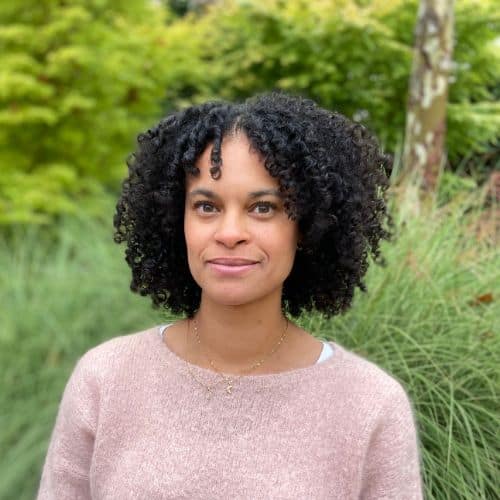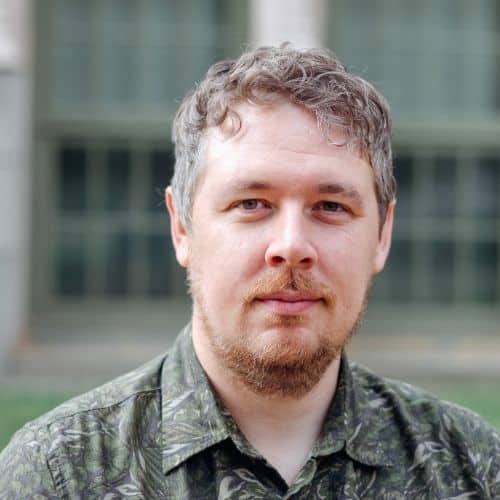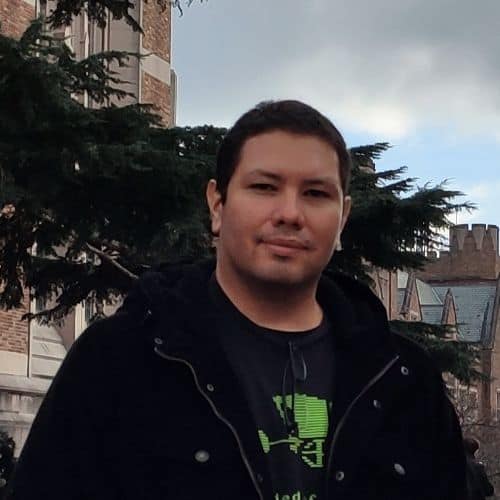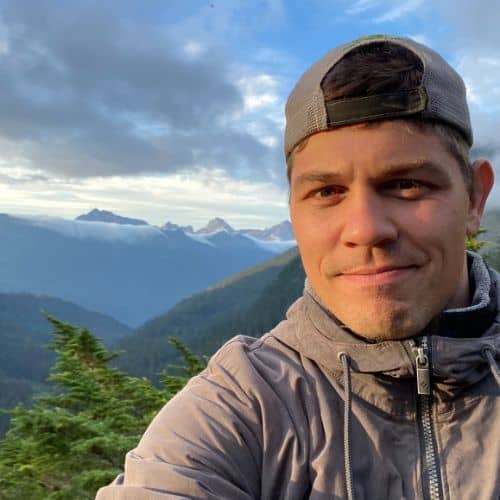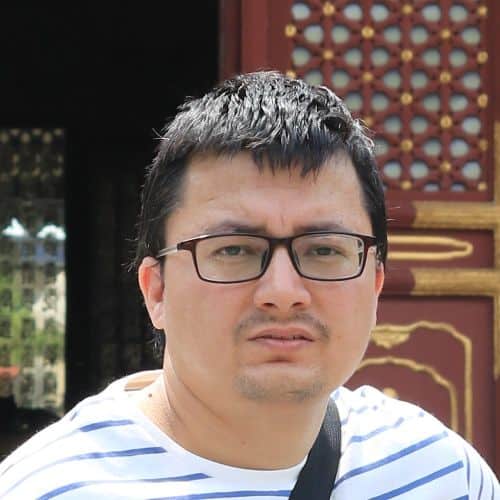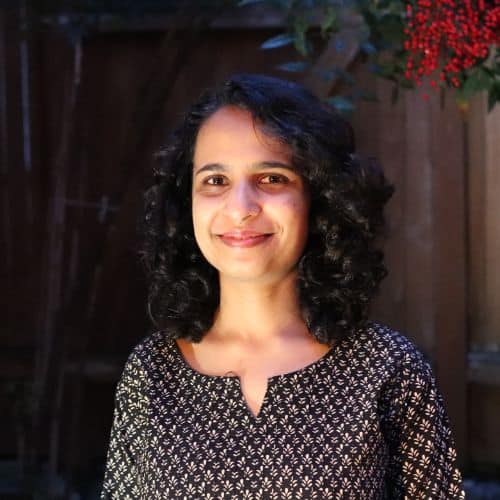2013 PhD in biology, Sorbonne Université Paris France
2010 Master in physiology, Sorbonne Université Paris France
2009 Master in ecology, Sorbonne Université Paris France
I am a biologist specializing in chemical ecology and sensory neurobiology. During my 3 years of PhD, I conducted research on moth olfaction and investigated the role of a general plant odor background on the behavioral orientation to the sex pheromone and how a specific signal (sex pheromone) presented within a general background (plant odors) is integrated by the neuron system.
My first postdoctoral position in a pharmaceutic company gave me the opportunity to extend my neurobiology research to the vertebrate model and to explore the impact of the inflammatory diseases on the olfactory system.
Currently, as a postdoctoral researcher, I am studying the sensory mechanisms involved in mosquito attraction to flower and nectar sources. Indeed sugar feeding is important for adult life and is an excellent system to probe the neural basis of behavior, that should help to enhance knowledge of mosquito olfaction and behavior and contribute to improve the management of this disease vector.
My different research approaches are based on imaging, behavior, neuroanatomy and electrophysiology.
